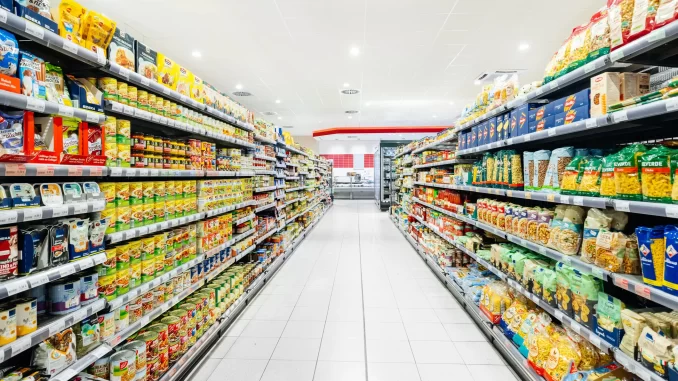
Amount Is Below National Average
By Hank Russell
It may be hard to believe, but New Yorkers do not spend as much on groceries as the rest of the nation does, according to a study by LendingTree.
In a study using data from the U.S. Department of Agriculture and the U.S. Census Bureau, LendingTree found that the state is 34th in the amount of money spent on grocery shopping annually. In 2023 — the most recent year available in the study — New Yorkers spent an average of $7,074 at the supermarket annually.
The survey found that the state that spent the most was Utah at $11,884; that is 40.5% more than what New Yorkers spent. Alaska was second at $11,180 and Hawaii was third at $10,783). The three states that spent the least were West Virginia ($6,109), Oklahoma ($6,619) and Ohio ($6,641).
“Hawaii, renowned for its stunning landscapes and unique culture, unfortunately, grapples with the highest grocery prices in the nation. The isolation of the islands contributes to steep prices as goods often need to be imported, driving up transportation expenses,” according to the World Population Review (WPR).
”Following Hawaii, states like Vermont and Alaska also face elevated grocery costs, attributed in part to their remote locations and harsh climates, which can impact agricultural production and distribution. These challenges make securing affordable and diverse food options a bit more challenging for residents in these regions, emphasizing the need for strategic budgeting and resource management,” said the WPR..
What’s more, New Yorkers spend less than the national average, which is $8,167. That means Empire State residents pay 13,4% less than what the average American would spend.
With all the talk also about how much money comes out of people’s paychecks to pay for food items, New York is near the bottom when it comes to that. Based on an average income of $125,909, according to LendingTree, Empire State residents only spend 5,6% of their income. Only New Jersey and Illinois (5.4%) and Connecticut (5.5%) use less of their income.
LendingTree offered some advice to those looking to save money on their grocery bills. Among them, they suggested leveraging credit card awards, comparison shopping and buying certain items — like paper towels and toilet paper — in bulk.

